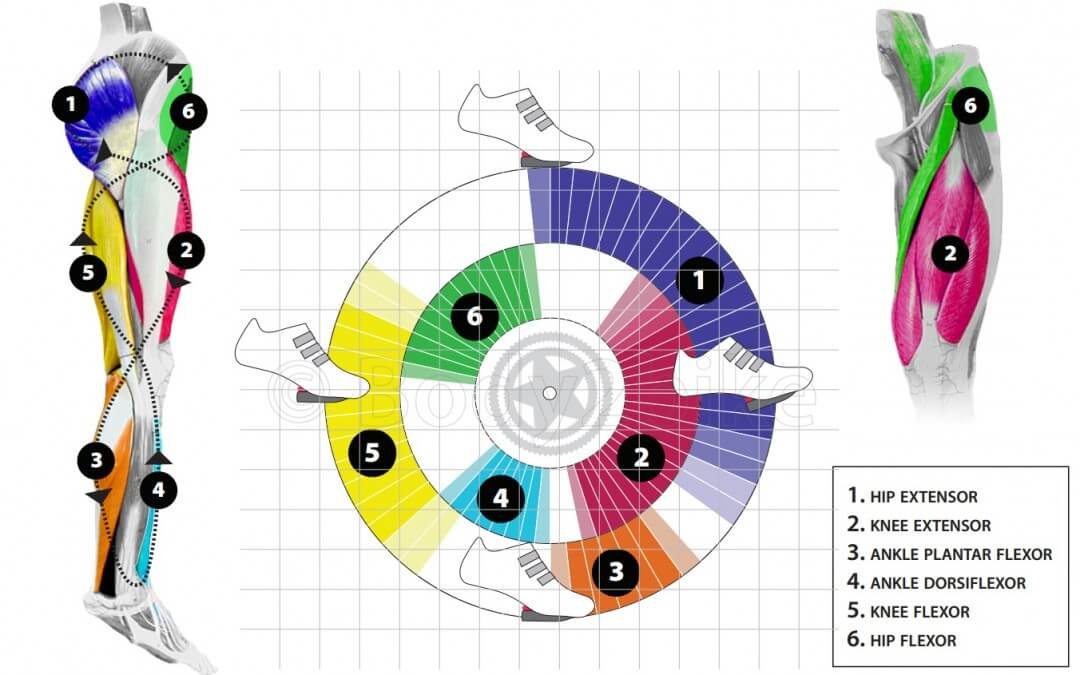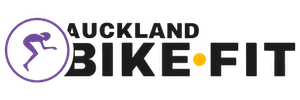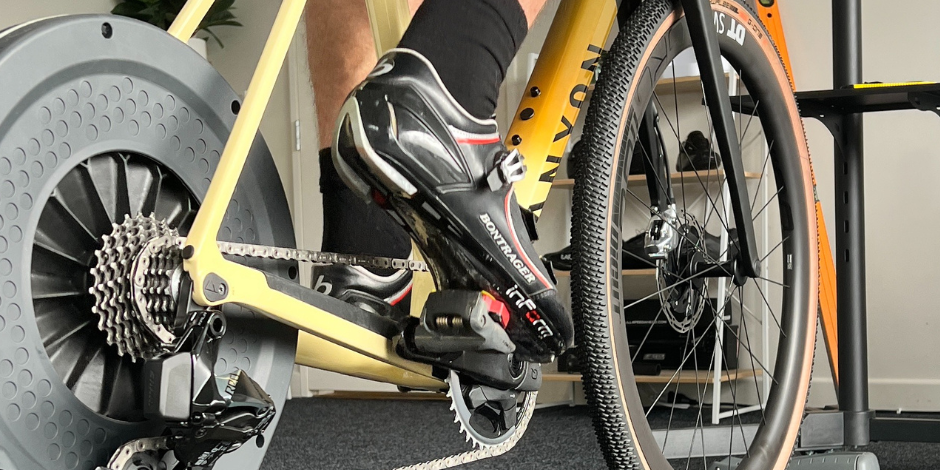Cycling is a great way to stay fit and enjoy the outdoors, but it’s important to use the correct pedaling technique to avoid injury and maximize efficiency. In this blog post, we’ll cover the correct heel position and the muscles activated during cycling, along with some helpful images to guide you along the way.
Heel Position
When cycling, it’s important to keep your heel in the correct position on the pedal. This means keeping the heel slightly flatter around the pedal stroke. The old wild west way of setting the ball of the foot over the pedal axle can sometimes create an issue here especially if the shoes are on the slightly larger side. A good rule of thumb is when in doubt, your better of with the cleats sat back behind the ball of the foot rather than over top or in front this will allow the weight distribution and power to go towards the rear of the foot help lower the heel and divert the stress away from the calves and achilles. while keeping your heel in the correct position will help you maintain good form and improve your performance.

Muscles Activated
Cycling is a full-body workout, but some muscles are more actively engaged than others. Here are the primary muscles activated during cycling:
- Quadriceps: These are the muscles on the front of your thigh and are the primary muscle group used during the downstroke of the pedal stroke.
- Glutes: Your glutes, or buttocks muscles, are also heavily involved during the downstroke, especially during standing climbs or sprints.
- Hamstrings: These muscles on the back of your thigh are engaged during the upstroke of the pedal stroke.
- Calves: The calf muscles are used to push the pedal down during the downstroke, and also help to stabilize the ankle.
- Core: Your core muscles are involved in stabilizing your body and maintaining proper posture during cycling.
Correct Technique
Now that we know the correct heel position and muscles activated during cycling, let’s go over some tips for maintaining proper technique:
- Let your knees track naturally throughout the pedal stroke to avoid injury.
- Keep your upper body relaxed and engage your core to maintain proper posture.
- Maintain a consistent cadence (pedal speed) throughout your ride to avoid strain on your muscles.
- Use your gears to maintain a comfortable level of resistance, especially when climbing hills.
- Finally, make sure to stretch your muscles before and after your ride to avoid injury and improve recovery.







